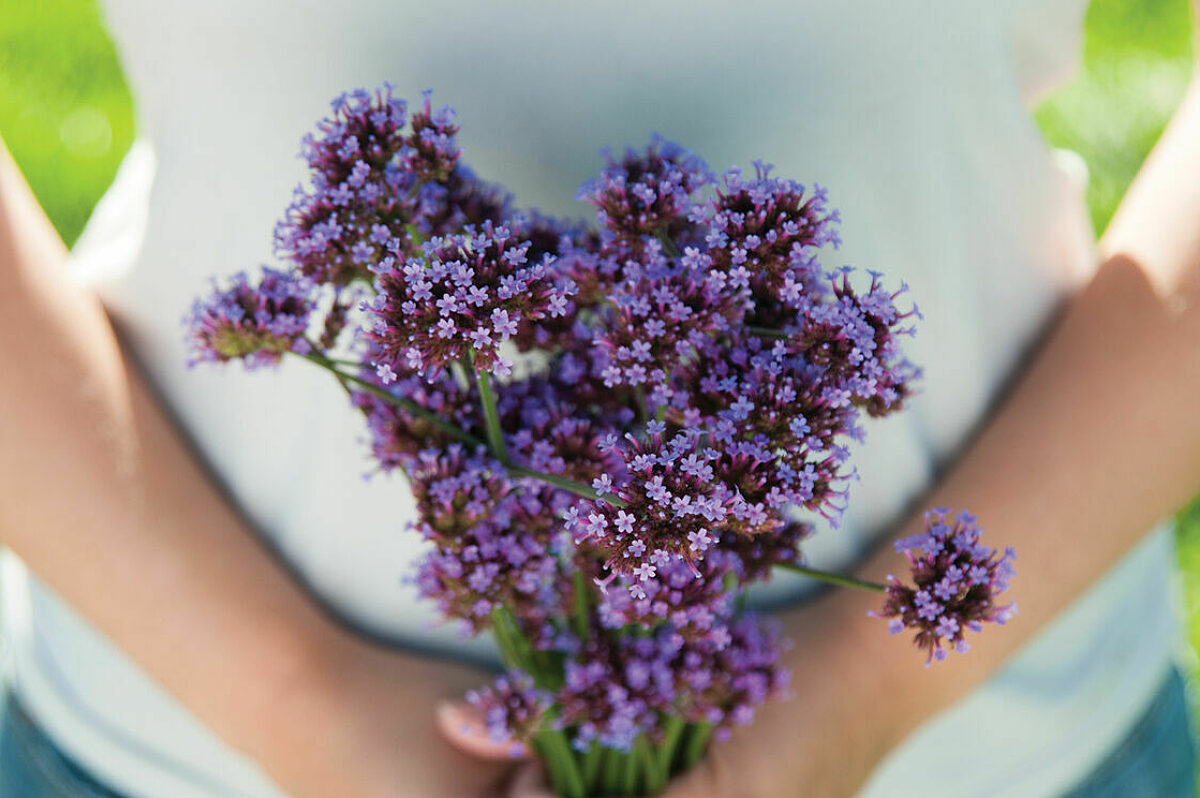
Volunteers are the backbone of Landis Arboretum, offering a helping hand in the Arboretum gardens since the early 1950’s. George Landis and Levon “Van” Loveland., friends of Fred Lape, spent hours designing, planting, watering, fertilizing, and mulching the areas that now feature three seasons of perennial bloom. Our volunteers continue that effort today.
Other volunteers have been hard at work keeping the gardens blooming and looking good. These volunteers are much smaller and quieter and perhaps more often unnoticed. These volunteers are known as “pollinators” and include bats, hummingbirds, bees, moths, butterflies, beetles, ants, and hummingbird moths. Traveling from flower to flower in search of nectar, insects, or honeydew, they move pollen around as they go. This exchange is necessary for fruit and seed production.

Sometimes plants such as thistle, dandelion, and burdock volunteer themselves in the garden. These plants also have an important job to do. Not only are they all nutritious food sources to pollinators, wildlife, and humans, but they are also good at improving soils (remember, these each have a taproot that travels as deep into the soil as necessary to find needed nutrients that are less available on the surface). These essential nutrients travel up the root and into the rest of the plant. When the plant dies (remember these are annuals or bi-annuals), those healthy leaves break down back into the topsoil and enrich it.
Another group of often underappreciated volunteers in the garden includes the wild seeds planted by nature. These seeds come from neighboring plants and travel by wind or rain to find a new home. Some of these seedlings can be weedy, but others such as the pictured Verbena bonariensis (Tall Verbena), Baptisia australis (False Indigo), Cleome (Spider Flowers), and Echinacea purpurea (Purple Coneflower), are beautiful additions to any garden.

As summer continues, you can be sure that volunteers at Landis will be hard at work in the Arboretum’s gardens. If you are interested in helping in this labor of love, consider becoming a member of the Arboretum’s Garden Club. We are a group of people who enjoy learning about plant-related topics. We have a range of projects from rainwater collection barrels to a new kitchen garden installation. There is absolutely something for every gardener. Our next meeting is July 29th at 9:30 AM: join us as we explore two local gardens. To learn more, please contact me by email at gardenflowerfairy@yahoo.com or by phone at (518) 875-6935.
